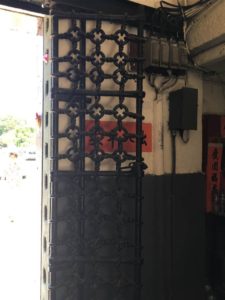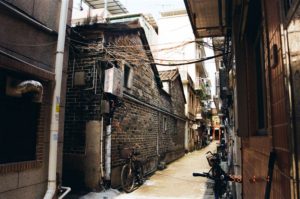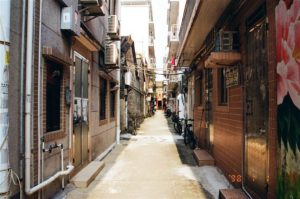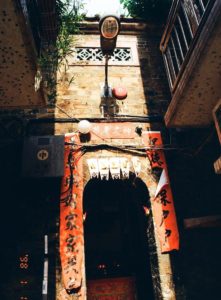The Lost Gate of Kat Hing Wai Village
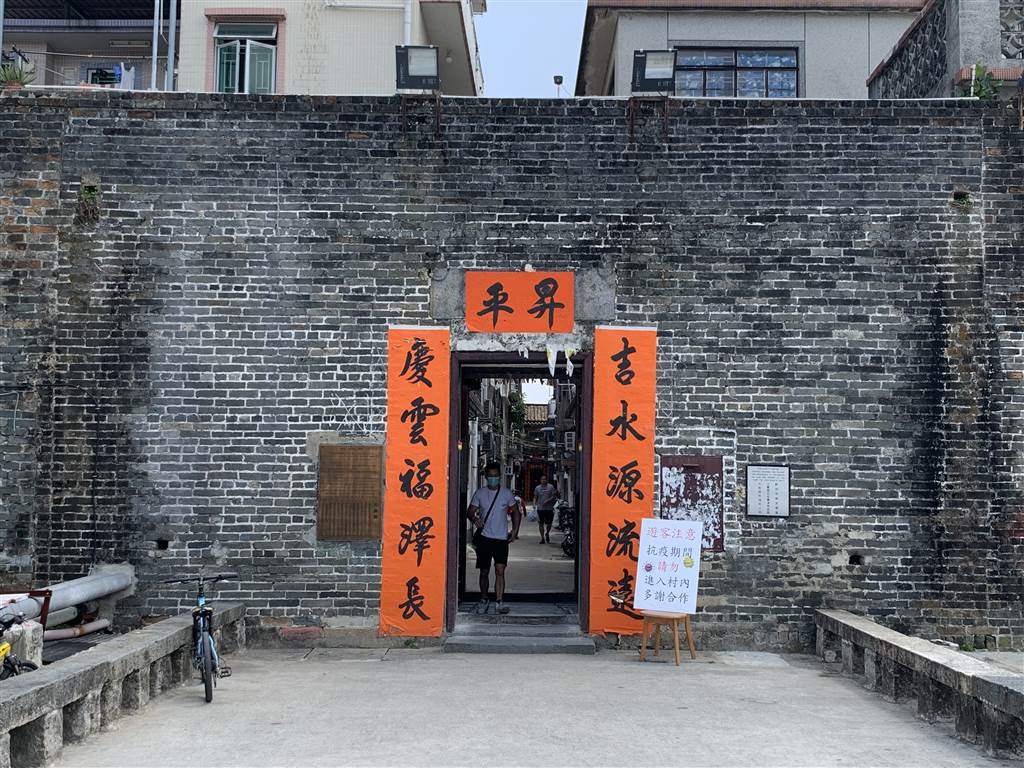
For centuries, the villagers of Kat Hing Wai lived in contentment. The Tang clan settled in the Yuen Long area as early as the Song dynasty. The Tang villagers were the first settlers in this area of the New Territories. When the last Emperor of Southern Song fled to Hong Kong and ruled in exile, the Tang clan gave him shelter. One of the Emperor’s aunts married a man of the clan.
The Tangs’ established the walled village and its surrounding moat during the Qing dynasty. Together they were the stalwart against attacks by bandits, wild and stray animals, and even the rivals in their neighboring villages. The villagers installed a ring-chained wrought iron gate to close off the blue-brick wall that protected the village. The iron gate was the only way-in and way-out of the rectangular-shaped walled village.
The British declared the New Territories as part of the Crown Colony in 1899. The Tang clan of the Kat Hing Wai village took part in the resistance that persisted after the British won the initial battles in eastern New Territories. Drawing on their advantage in terrain-based warfare, the villagers waged a difficult war against the British colonial army. Yet they did eventually lose the resistance, as the British force had much better weapons and practiced strategies.
Although the Tangs have already surrendered and accepted defeat by the British, the British official that scaled the area to accept surrender blew open this wrought iron gate of the village. The British officer did this partly as a declaration of victory, partly as a way to assert authority, and partly to humiliate the villagers. They furthermore confiscated this iron gate.
For decades into the 20th century, the villagers sought the return of the wrought iron gate. It was eventually discovered in Ireland. Then Governor Sir Reginald Edward Stubbs negotiated its return to the village in 1925. Upon its return it was restored as a goodwill toward the village.
The gate shall forever stand as testament to indigenous history.


